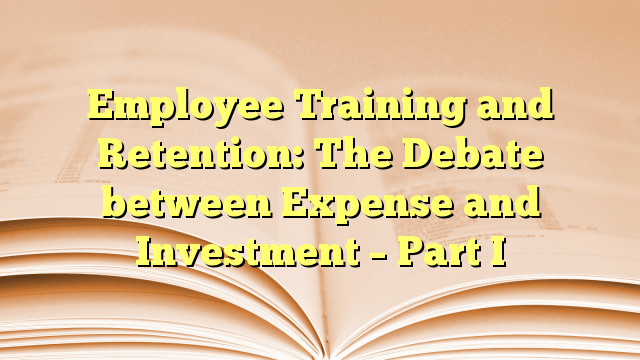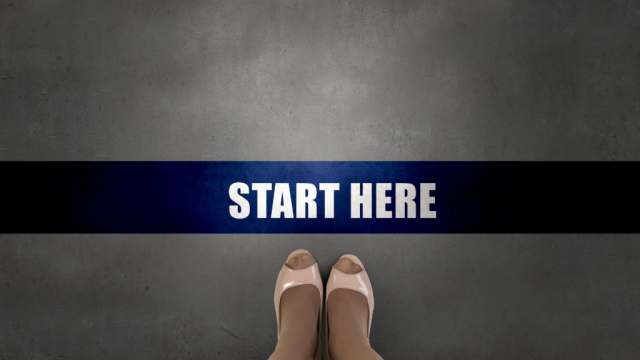PR or Public relations should be in everyone’s marketing communications tool kit.
As a Senior Living Consultant working with many Senior Living clients over the years, this is one form of community promotion that tends to be over looked the most. So what exactly is PR? PR or public relations, the noun, as defined by Meriam-Webster.com is as follows:
the activity or job of providing information about a particular person or organization to the public so that people will regard that person or organization in a favorable way
OR
the relationship between an organization and the public
What is PR?
PR i s different from advertising in the fact that in advertising you pay for the privilege of controlling the timing, placement, and message associated with it. While with PR, since it is generally free, the control lies in the hands of the writer and media outlet providing you the coverage. I once heard that “Advertising is what you pay for, PR is what you pray for.”
s different from advertising in the fact that in advertising you pay for the privilege of controlling the timing, placement, and message associated with it. While with PR, since it is generally free, the control lies in the hands of the writer and media outlet providing you the coverage. I once heard that “Advertising is what you pay for, PR is what you pray for.”
There are many forms of PR. Most of the time the words PR conjure up images of events at opposite ends of the spectrum. Either a publicity stunt where someone is doing something that is outrageous and crazy to call attention to themselves, their company or their mission, or a company spokesperson trying to put a positive spin on a potentially bad situation that has arisen for the company.
Examples
An example of an outrageous PR stunt would be similar to the flash mob dancing troupe a few years ago that held an impromptu performance at Grand Central Station, it ended up netting them 28 million YouTube hits and a lot of media exposure. An example of positive spin on a bad situation would be the aftermath of the BP oil spill in the Gulf of Mexico. There have been subsequent news conferences and advertising campaigns trying to convince the public, that the gulf coast is now better than ever.
The kind of PR I am talking about is somewhere in the middle of these two extremes. The press release, media tours, special events, sponsorships, public service/public interest stories are all form of PR that your company/community can use to build brand awareness. These types of PR also show that your brand is part of the greater community and can generate loyalty in a larger audience.
Put PR To Work For You
One of the great things about PR is that it is happening all around us and while we get the intended message, we don’t realize the company or brand is promoting itself to us. Instead of thumping our chest telling everyone how great our company and/or products are through advertising, PR is a subtle way of getting a company name out by providing useful information and activities to others.
PR is also a way to have others validate you as an expert. The general thinking of readers or viewers is that they surely wouldn’t be quoting you or doing a piece on you or your company/community unless you were an authority, the best and most knowledgeable in your field.
November Public Relations Webinar
As part of MDS’ “Plug-In and Prosper” Webinar Series, the November 18, 2015 webinar will be “Generating Public Relations for Your Community”. The webinar will focus on the meaning and use of public relations and why it’s important. I will discuss PR as part of a well-rounded marketing communication plan, the benefits of PR, and how it can enhance your relationship between your company and the public.
So mark your calendar and join me on Wednesday, November 18 at 1:00 pm (CDT) for this important webinar.
I look forward to having you join me for this complimentary monthly webinar! You can also check out our past webinars on the Moore Diversified Services YouTube channel!
Registration Link
Roy Barker is Director of Special Projects at Moore Diversified Services, a Fort-Worth, Texas-based organization specializing in Senior Living operations analysis, marketing development, and investment advisory services. Roy is an authority in the field of employee turnover analysis and retention strategies.

















